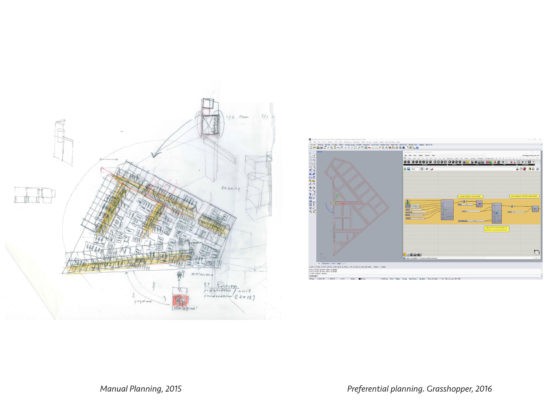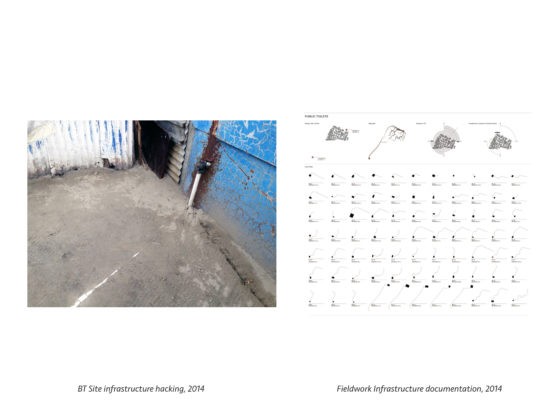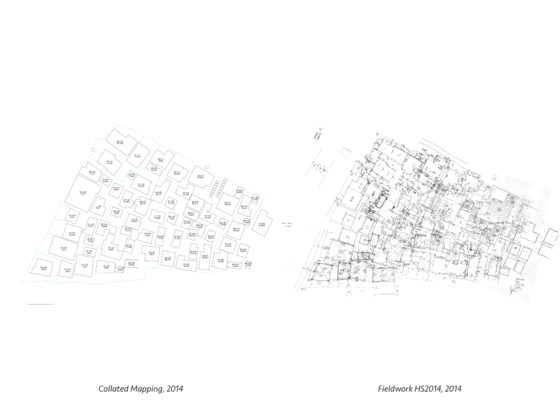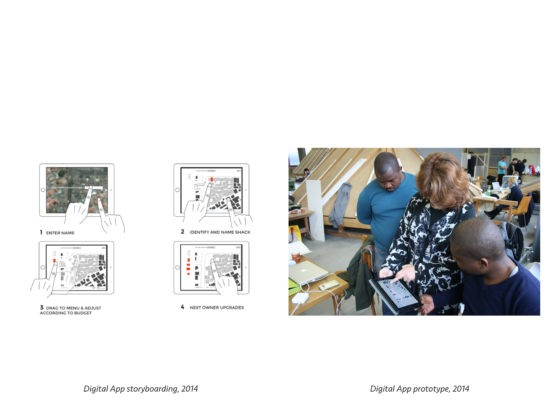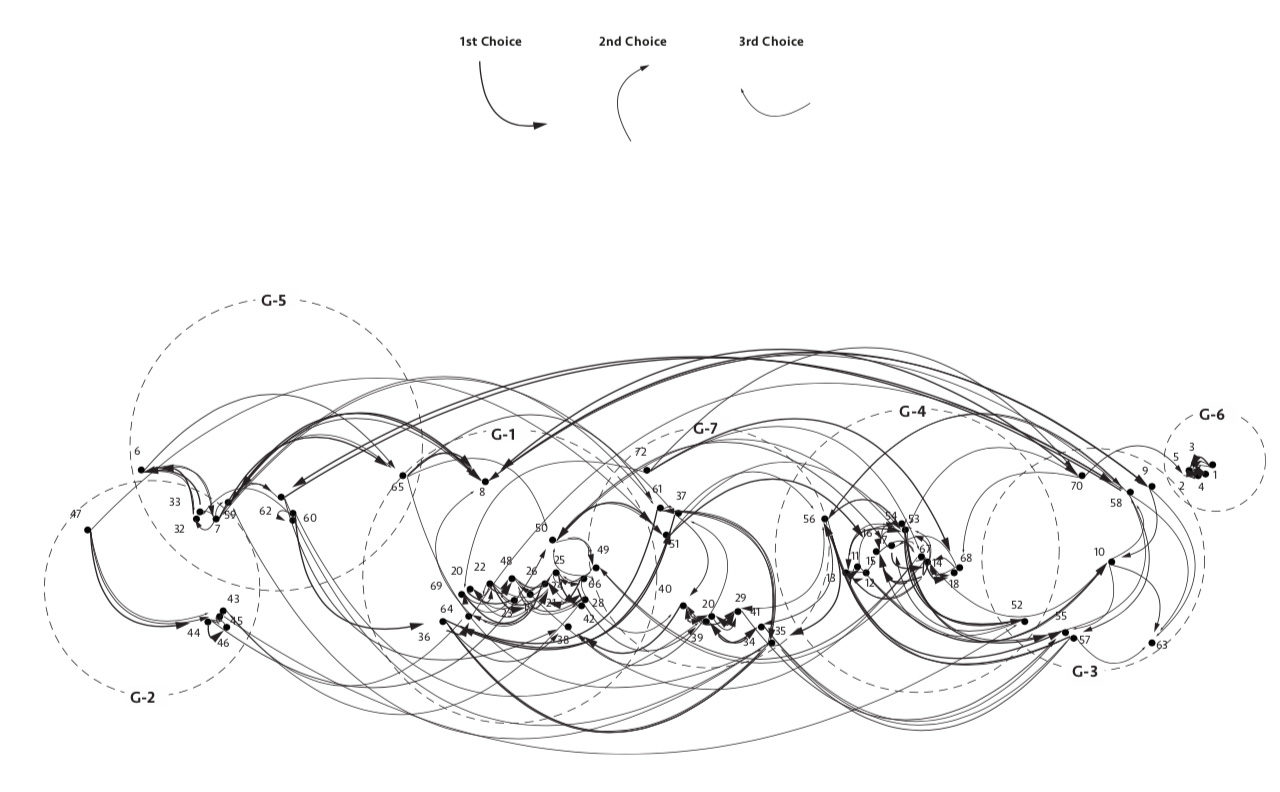
The experiences gained from designing and implementing digital tools that aim to replicate an urban development methodology allows a critical reflection on the limits of emerging planning technology. These limits become clear when assessing how successful the technology is in enhancing the «focal practices» (Borgmann 1984) of participants in the planning process.
Enhancement or Control
Exercising meaningful ways for open, democratic contributions to urban planning could be considered focal practices of contemporary citizenry. Enhancing such practice is at the forefront of reimagining how digital tools could reshape the city. However, current planning technologies – and the acts of employing them – occupy a contested field taut between the experience of user-oriented participation and technical-oriented efficiency and performance. In other words, technology can either enhance the ability to engage, connect and act within the material world or tend to guide procedures toward normative outcomes and pre-programed optimisation models. The interest therefore lies in designing planning technologies that offer tangible links and responses between rich experiences of creative agency and socially agreeable quantitative indicators.
Planning Control
The cadastral system of land registration and associated modern tools for land management embody sets of technologies geared toward the documentation and control of land. This has served to increasingly abstract and optimise its commodity value, benefiting and legitimising certain practices that align to this system of value and exclude those that do not. Accordingly, informal settlements also possess forms of planning and management that fulfil similar goals of control and commodification. These practices are however enforced by non-written agreements and community leadership relations with vastly different scope for development. Studying these systems through participatory digital tools workshops has allowed us to assess the behaviour and perceptions of various stakeholders in relation to urban planning.
Programming Critical Inputs
The digital tools have been programmed to allow the synthesis of multi-user input at critical milestones in the urban development methodology. The milestones have been clustered in scales and give shape to the planning outputs through: Individual preferences (neighbour preferences, location preferences, unit size preferences based on micro-finance affordability), Community preferences (existing street networks, public spaces, additional rental stock), Municipal planning frameworks (plot sizes, street widths, proximity to existing infrastructure, zoning and urban use mix)
Vigilance
Focal practices are activities and cultural behaviours with identifiable social value. These respond poorly to ideologies of optimisation. Acknowledging this, we tend to apply the current version of the digital tools mainly for automated urban layout generation, and computational analysis based on pre-defined spatial properties. The results of generated urban simulations are generally treated as points of departure and some cases present didactic examples of excessive optimisation resulting in poor urban design qualities.
Looking forward, a better understanding of human decision-making within complex systems, would greatly enlighten the critical behaviours and motivations of planning. It will also increasingly challenge the idea that decisions on urban spatial quality are best made by citizens and experts in transparent and uniquely human ways.
In Closing
How can individual choice be reconciled with sustainable objectives of long-term urban planning?
Given that technology is not neutral, how can open storyboarding be used to conceive of tools that respond to alternative world-views?
How can social network technology support long-term participation in urban projects?
Can methods developed with digital tools offer transferability to low-tech systems?
Scott Lloyd MSc ETH Arch coordinates the Urban-Think Tank Chair of Architecture and Urban Design’s «Empower» project. The project focuses on readjusting urban land in Cape Town, South Africa, by designing and implementing new housing prototypes within a reconfigured urban plan. The IA and MIS chairs at ETH Zurich collaborated on digital planning tools. PHD candidate Michael Walczak is continuing optimisation of the tools. The project is supported by the Swiss Re Foundation.
